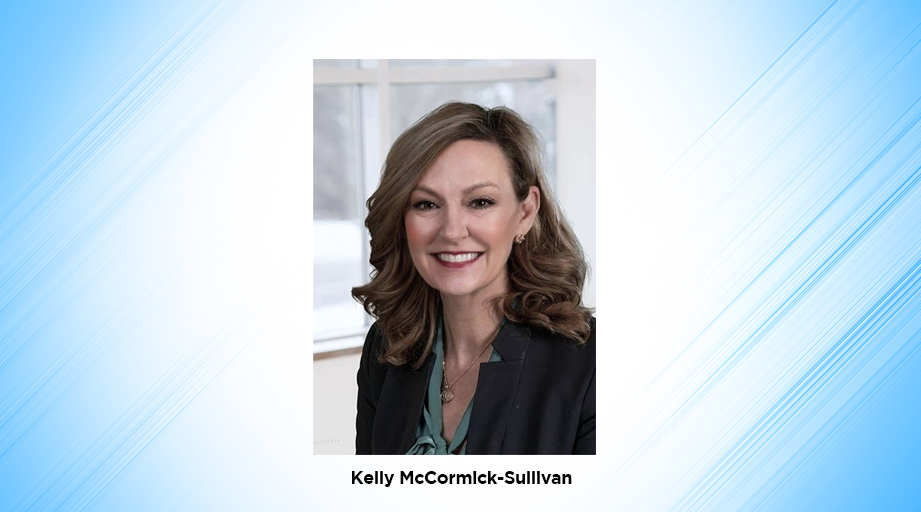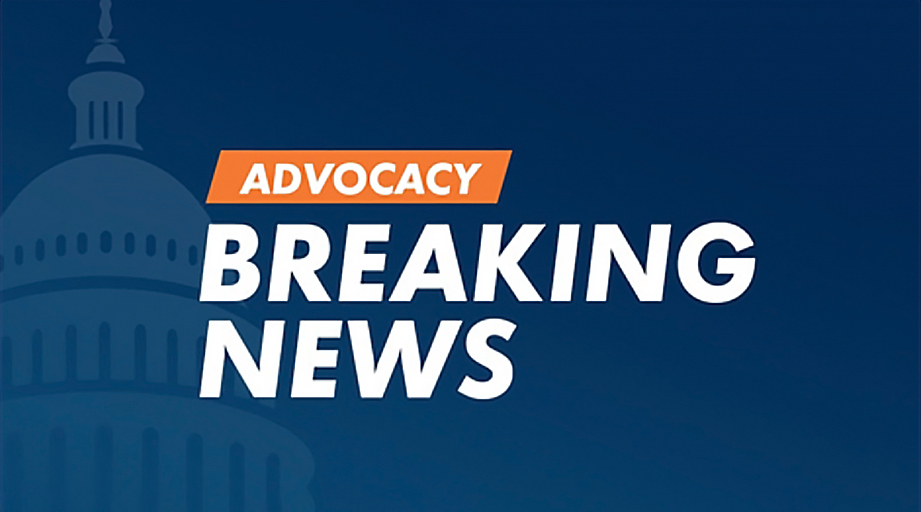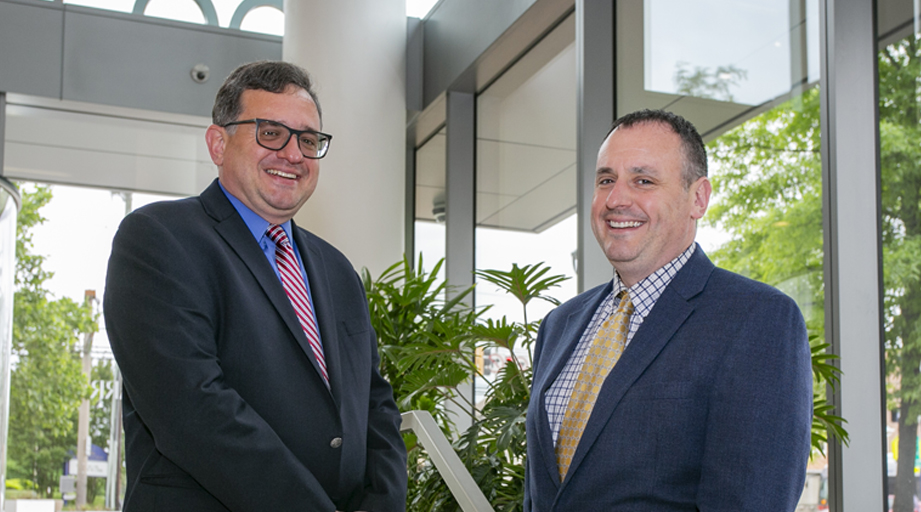
The most important thing pharmacists should know about patients who need treatment for opioid use disorder is that they are ordinary people with a real medical condition, says Gayle Callahan.
“This is a chronic, relapsing brain condition,” said Callahan, director of pharmacy for Operation PAR, a not-for-profit organization that provides integrated addiction and mental health services at several outpatient and residential treatment facilities in southwest Florida.
The organization’s caseload includes about 4,500 patients receiving outpatient medication-assisted treatment (MAT), which consists of therapy with methadone, buprenorphine, or naltrexone along with appropriate psychosocial support.
“Don’t let personal bias get in your way, because these are effective treatments for patients,” Callahan urged.
Callahan’s role at Operation PAR is defined by state regulations. In Florida, substance abuse treatment centers that dispense methadone or similar medications must obtain a special pharmacy permit from the state board of pharmacy and hire a state-licensed consultant pharmacist.
The consultant pharmacist’s responsibilities include overseeing medication compounding and dispensing, providing pharmaceutical consultation, and meeting in person with the medical director at least once each quarter to review pharmacy practices. The pharmacist must visit each facility every 2 weeks, at a minimum, to ensure that established procedures are being followed.
Callahan, who joined Operation PAR 14 years ago, said she saw an immediate need to perform beyond the regulatory minimum and demonstrate to administrators the value of pharmacy services. She now has a staff of 3 pharmacists and 1 pharmacy technician.
Callahan said she oversees the “big-picture” processes at the sites and also meets with patients who have completed detoxification to counsel them about MAT options and makes medication recommendations for prescribers.
Her pharmacy team works with other members of the interprofessional patient care team, oversees the drug delivery system, and responds to issues affecting the many patients who visit the clinics each day.
She said helping patients with opioid use disorder is “a huge opportunity for pharmacists” and one that many in the profession may not be aware of.
MAT
Research has shown that MAT can help patients whose lives have been upended by opioid addiction return to normal function. FDA Commissioner Scott Gottlieb said in October that all forms of MAT should be available for the treatment of “everyone who presents with an overdose.”
Methadone and buprenorphine are opioid agonists whose role in MAT is to prevent withdrawal, craving, and other undesirable consequences of addiction to harmful opioids. Methadone is administered daily as oral therapy. Buprenorphine products, often in combination with the opioid antagonist naloxone, are traditionally taken once daily as oral therapy for the treatment of opioid use disorder.
Naltrexone, an opioid antagonist, is used mainly to block the euphoric effects of opioids and to prevent relapse in patients who have completed detoxification and are no longer physically dependent on opioids. When used for this purpose, the drug is administered as an i.m. injection every 28 days.
Callahan said one of her favorite projects at Operation PAR is a grant-funded program that allows her to meet with patients who come to the clinic every week for counseling and for their monthly naltrexone injection.
These patients, she said, have completed opioid detoxification or residential treatment and are opioid abstinent. The patients also have a support system in place to help them remain abstinent without daily visits to the treatment center.
Callahan said about 300 patients have received naltrexone therapy through this program, and there were about 60 enrollees in mid-January.
She said some clinic clients use naltrexone therapy as “training wheels” for a few months to transition from opioid-based MAT to complete abstinence from opioids.
But she cautioned that abstinence is not an appropriate goal for all patients who are opioid dependent—a situation she likened to patients with diabetes who can’t sustain healthy lifestyle modifications and thus require medication to control their blood glucose.
“It depends on the person,” she said.
FDA
FDA’s Gottlieb has said the agency’s public health role includes encouraging the development of new MAT products and exploring ways to make existing therapies more readily available.
The agency on November 30 approved Indivior Inc.’s Sublocade, a once-monthly injectable formulation of buprenorphine, for the treatment of moderate-to-severe opioid use disorder.
Callahan called the new buprenorphine product “a great option for somebody with a third-party healthcare plan.” But she said it’s too costly for her organization to purchase in the absence of new grant funding.
The labeling for the new product includes a statement that there is no maximum duration of maintenance treatment with the product, and some patients may require treatment indefinitely.
According to Gottlieb, FDA is revising the labeling of methadone and naltrexone-containing products to include similar statements about the duration of therapy. He stated that the labeling changes are intended to “reflect the available science” on the medications.
Also in November, FDA approved the first-ever indication for an electrostimulation device that reduces opioid withdrawal symptoms. The NSS-2 Bridge device, made by Versailles, Indiana–based Innovative Health Solutions Inc., was initially approved in 2014 as an acupuncture device.
Gottlieb indicated that these approvals align with recommendations on improving access to treatment that were published in the final report of the President’s Commission on Combating Drug Addiction and the Opioid Crisis. The report was released on November 1, shortly after the Trump administration first declared the opioid crisis a 90-day national public health emergency.
The declaration doesn’t include new funding to respond to the opioid crisis. But it allows federal agencies to shift some of their resources to respond to the crisis.
To support the national efforts, Gottlieb said, FDA plans to publish new guidance documents for the development of drugs for the treatment of opioid dependence.
According to Gottlieb, the guidance documents will describe new clinical trial endpoints, such as reduced craving for opioids, to establish the efficacy of new drugs or new drug formulations. And he said FDA will use modeling and simulation techniques to develop a framework that links exposure levels to safety for these medications.
Deborah Pasko, director of medication safety and quality for ASHP, said the organization applauds FDA for its response to the opioid crisis.
Pasko said ASHP is working with federal agencies and other groups, such as the American College of Surgeons, to help address the opioid crisis, particularly in the area of pain management. She said ASHP also monitors opioid-related communications from the White House, including last year’s report from the President’s Commission on Combating Drug Addiction and the Opioid Crisis.
She urged pharmacists to watch for the expected release this spring of an “opioid stewardship playbook” from the National Quality Forum (NQF). The playbook, the result of a collaborative effort by NQF, ASHP, and other stakeholders, is modeled after the antimicrobial stewardship playbook that NQF released in 2016 and is intended to improve clinicians’ opioid prescribing habits.
Challenges
Callahan said one of her biggest challenges is integrating substance abuse treatment with primary care services and other parts of the healthcare system. Other challenges include finding appropriate treatment options for pregnant women and helping patients with hepatitis C—about a third of all clinic patients, she estimated—find treatment for the infection.
But she said she has seen positive changes in how healthcare providers and the public view the care of patients who use opioids.
Several years ago, when she first began promoting the use of the opioid reversal drug naloxone, her message wasn’t well received. But she said that’s changed, and she hopes pharmacists work to make the drug more widely available.
And she noted that there’s a potential bonus to the profession when pharmacists embrace naloxone treatment.
“It . . . lends credibility to us as providers of healthcare,” she said.
[This news story appears in the March 1, 2018, issue of AJHP.]









